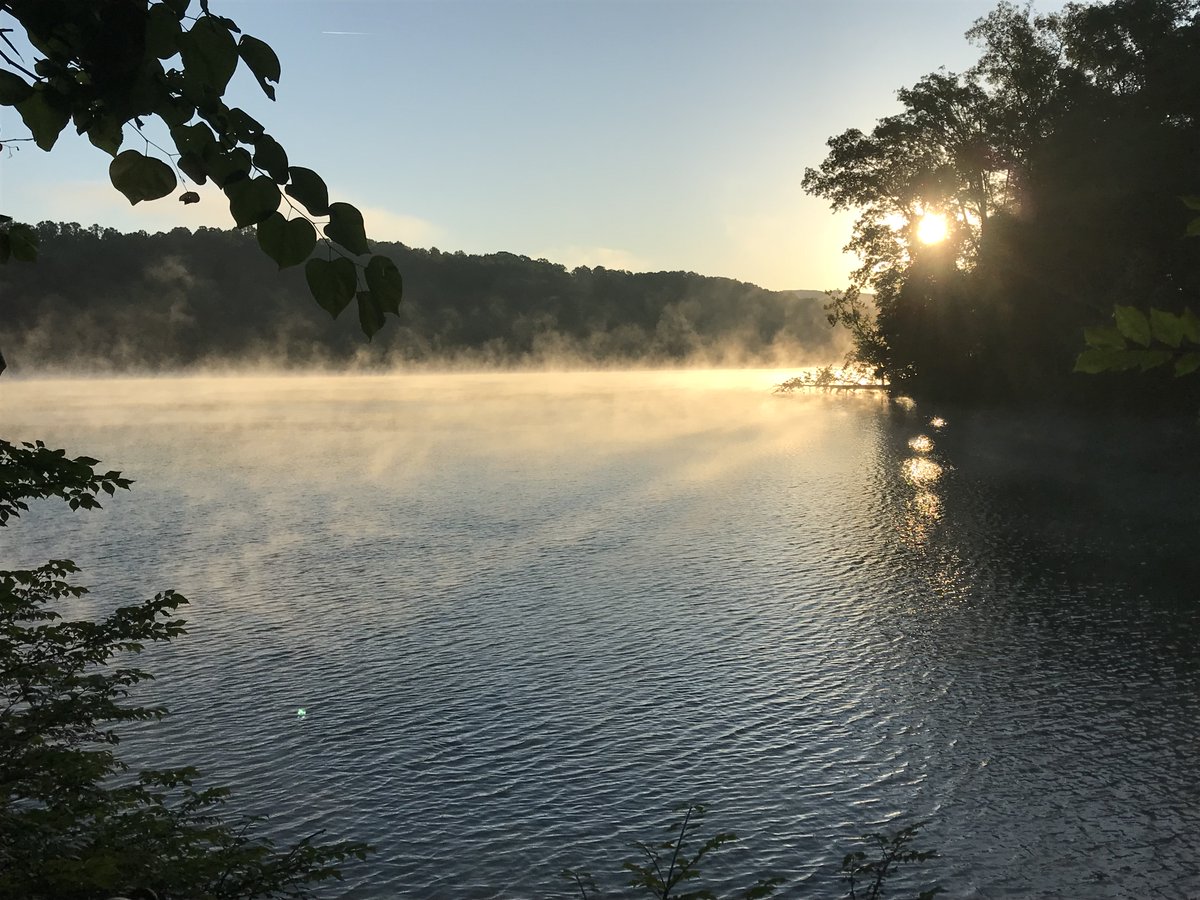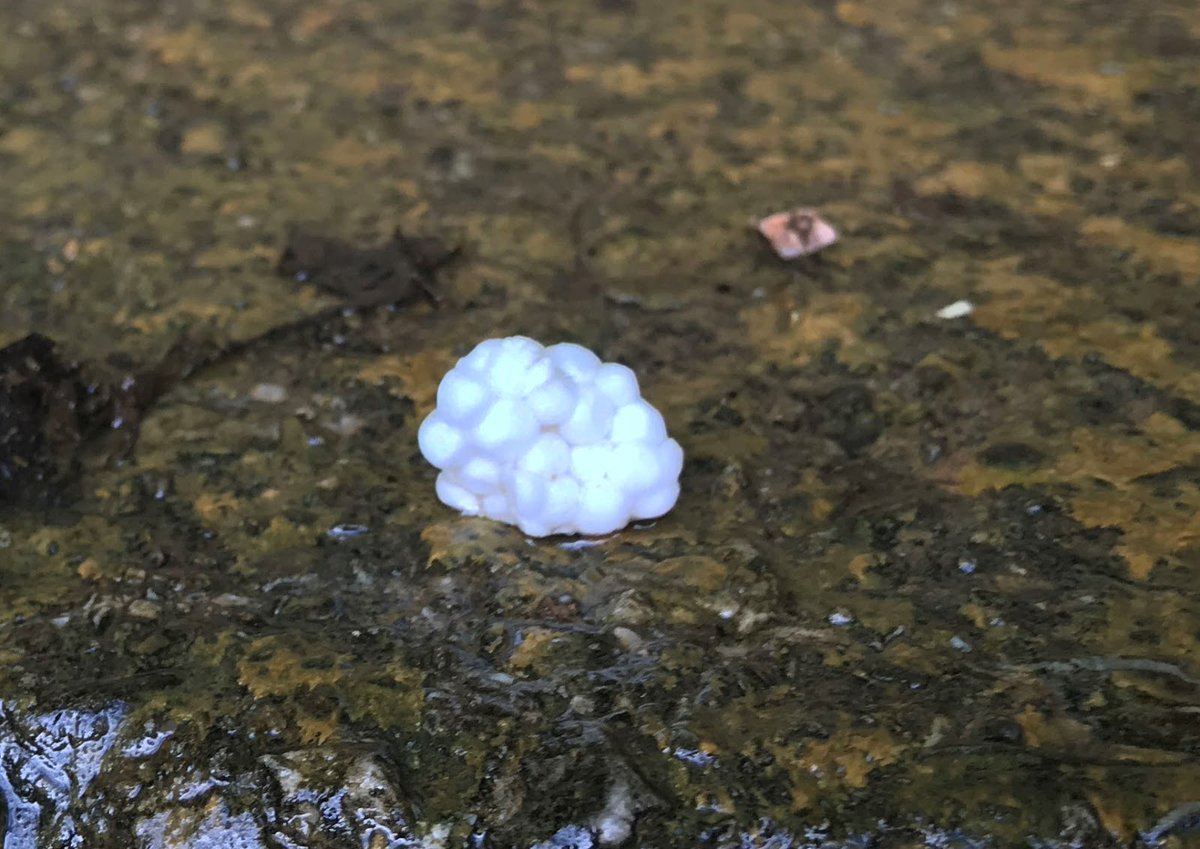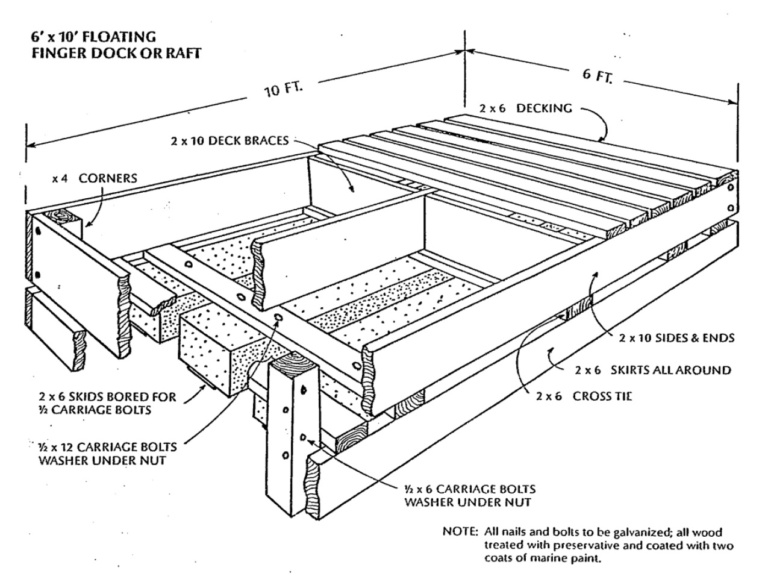I grew up seeing little pebbles of foam floating on my beloved #NorrisLake -- so I decided to figure out where they were coming from. My journey took me from a secret swimming cove to a confused marina employee to a revelation about the nefarious nature of plastic.
My curiosity got the better of me when I found these foam pebbles washing into my not-so-secret swimming cove (the one with the "No Swimming" sign). They're made of the same stuff as takeout containers and coffee cups -- polystyrene foam or the copyrighted "Styrofoam."
Turns out, docks often use expanded polystyrene foam (EPS) to stay afloat because the material is rigid and doesn't rot in the water. But it DOES break off into smaller pieces, which can look like food to local birds and fish. https://insulationcorp.com/eps-flotation-blocks/
So what’s the alternative?
Good = encapsulating the foam so that it doesn’t break off.
Even better = using methods like floating barrels or sealed air to keep docks afloat without using any foam at all. https://www.ctriver.org/our-work/source-to-sea-cleanup/swap-your-dock/
Good = encapsulating the foam so that it doesn’t break off.
Even better = using methods like floating barrels or sealed air to keep docks afloat without using any foam at all. https://www.ctriver.org/our-work/source-to-sea-cleanup/swap-your-dock/
So I gave my local marina a call to see if they followed any flotation regulations. Though a little puzzled at how interested I was in plastic foam, they helpfully guided me to these TVA guidelines: “Styrofoam flotation must be fully encased.” https://www.tva.com/environment/shoreline-construction-permits/section-26a-regulations#%C2%A7%201304.400%20Flotation%20devices%20and%20material,%20all%20floating%20structures
Rules like these are becoming more commonplace in waterways across the country, but they don’t exist everywhere. Going forward, we should think about putting #WildlifeOverWaste while putting docks over our waterways. (No, I’m not sorry for the word play.)
Most likely, the foam I found in our swimming cove came from outdated personal docks that haven’t been updated since the TVA’s rules went into effect. Further proof that even after we stop using plastic, we’ll be cleaning up the mess for years to come. https://environmentamerica.org/blogs/environment-america-blog/ame/flower-petals-or-plastic-pollution

 Read on Twitter
Read on Twitter




